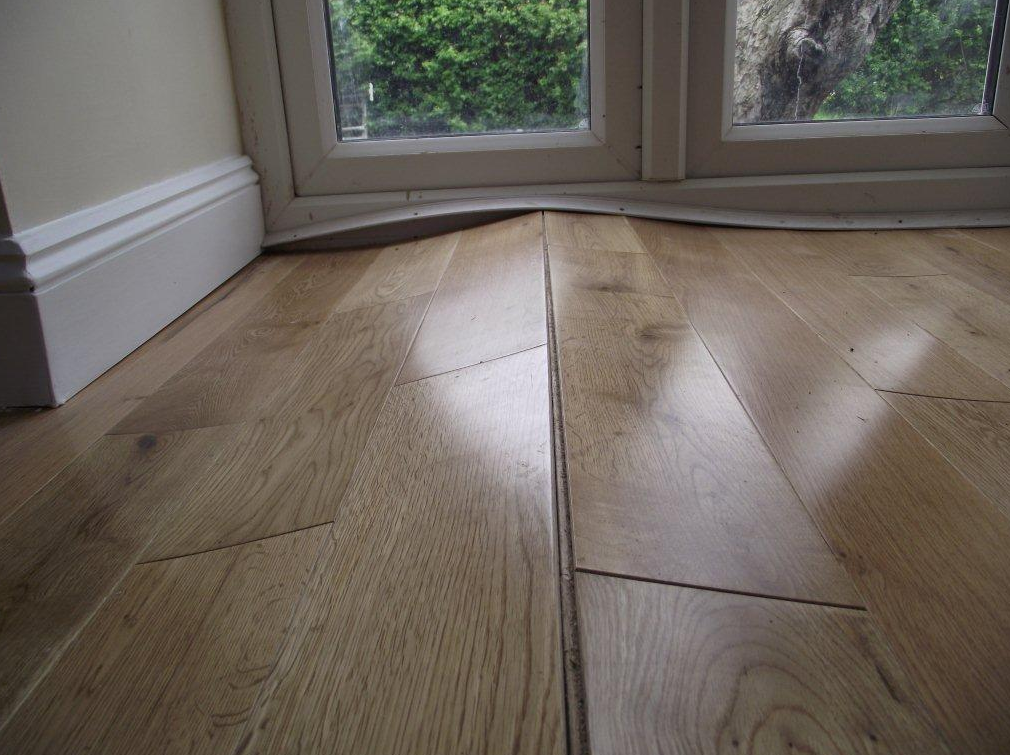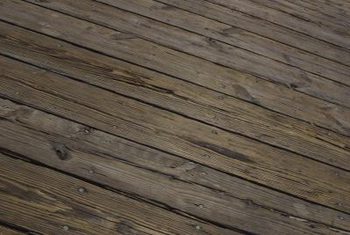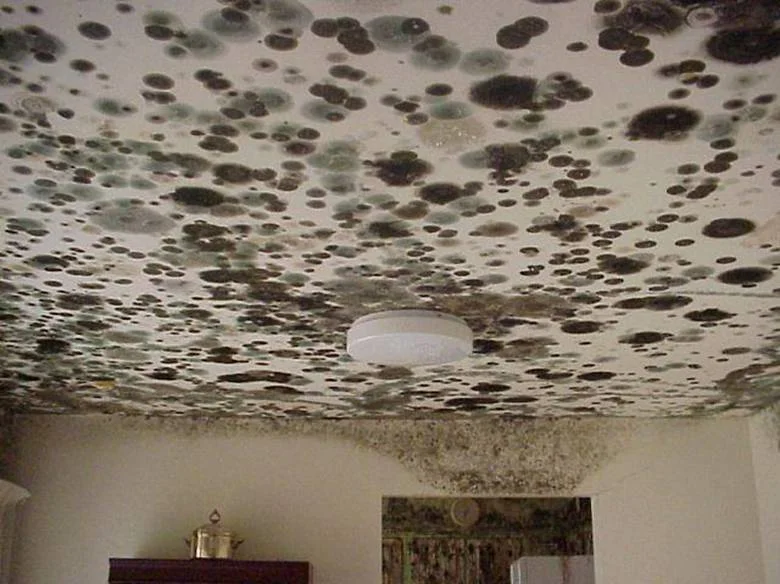Subfloor moisture and poor installation
The key to minimizing moisture from your subflooring is to make sure to use the appropriate vapor barrier in conjunction with understanding the specific moisture issues your subflooring may display.
All types of subflooring should have some sort of vapor retarder barrier installed to block moisture from seeping up from the subflooring into your new hardwood flooring. A vapor retarder is any barrier that is used in the construction industry to prevent or block moisture from seeping from one section of a house to another. For example, vapor retarders can be made of foil, large sections of plastic sheeting with different thicknesses, felt paper or sheets of vinyl. Vapor retarders can be used when installing siding or roofing as well.
Subflooring is made from various types of materials including wood, vinyl, concrete or other materials. Each of these types of materials presents its own moisture control issues that need to be addressed and understood before hardwood flooring is installed.
Your professional hardwood floor installer will be able to check your subflooring for moisture levels prior to installation. To have the best chance of having the moisture levels between your subflooring and your hardwood flooring to be within their proper ranges, make sure humidity control units are in place in your home and running adequately at least five days prior to the hardwood floor being delivered to your home. Your installer can then determine which vapor barrier will provide the proper protection your hardwood floor will need.
Wood subflooring will always expand and contract with moisture changes just like hardwood flooring will. Concrete flooring also will continually “breathe” because it’s a porous material. Moisture on concrete can be seen in the form of vapor when weather conditions are prime or even condensation in places. Which vapor barrier gets installed will be determined by the type of subflooring you have and what types of moisture levels you’re operating at. Your subflooring should be securely intact and level prior to installation.
During installation, installers should be careful to not penetrate a vapor barrier once it has been installed. For example, if a vapor barrier is laid on top of a subflooring but a solid wood floor nailed down on top of it in which the nail penetrates the actual vapor barrier, then the barrier now has a small hole in it. Moisture can slowly seep through the edge between the nail and the vapor barrier.
Source: http://www.woodmonster.com









